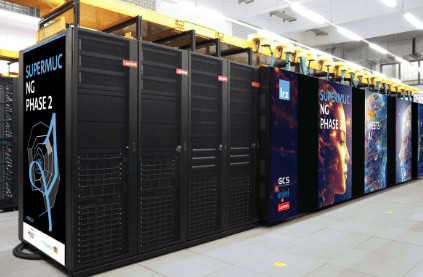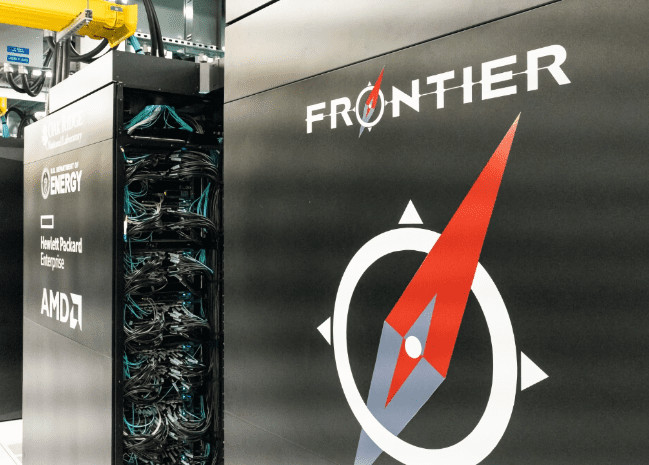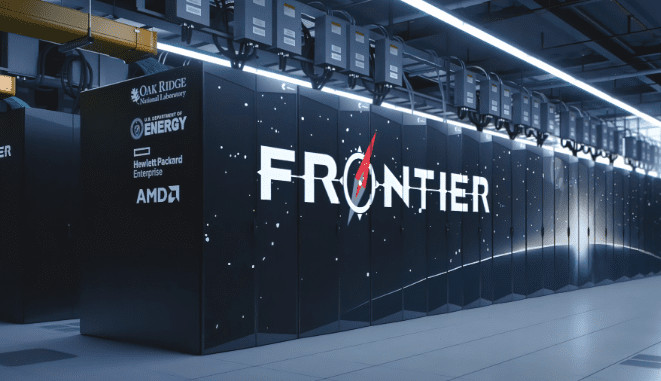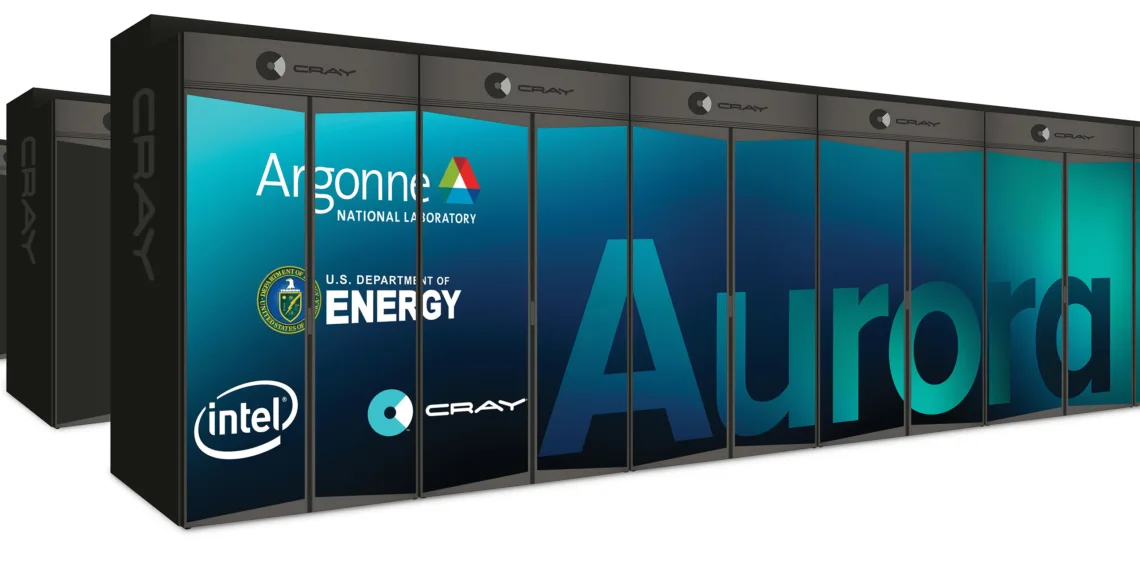The Top500 organization recently unveiled its biannual ranking of the world’s fastest supercomputers, confirming the AMD-powered Frontier supercomputer’s lead with a performance of 1.194 Exaflop/s (EFlop/s). Notably, Frontier maintained its top position, surpassing a half-scale submission of 585.34 Petaflop/s (PFlop/s) from Argonne National Laboratory’s Intel-powered Aurora supercomputer.

AMD’s Frontier and Intel’s Aurora Battle for Title of World’s Fastest Computer
Argonne’s half-scale Aurora submission secured the second position on the Top500, displacing Japan’s Fugaku from its previous standing as the world’s second-fastest supercomputer. Intel made strides with 20 new supercomputers based on Sapphire Rapids CPUs entering the list. However, AMD’s EPYC has expanded its dominance on the Top500, now fueling 140 systems, representing a 39% year-over-year increase.

While Intel and Argonne work towards fully deploying Aurora in 2024, the current submission features 10,624 Intel CPUs and 31,874 Intel GPUs collaborating to achieve 585.34 PFlop/s with a total energy consumption of 24.69 megawatts (MW). In contrast, AMD’s Frontier maintains its performance lead at 1.194 EFlop/s, more than double the performance of Aurora, while consuming a relatively modest 22.70 MW of energy for the entire supercomputer.
Aurora, although absent from the Green500 list of the most power-efficient supercomputers with this submission, is projected to reach up to 2 EFlop/s when fully operational. The completed Aurora will boast 21,248 Xeon Max CPUs, and 63,744 Max Series ‘Ponte Vecchio’ GPUs, spanning 166 racks and 10,624 compute blades, making it the largest known single deployment of GPUs globally.

AMD is currently in the process of deploying El Capitan at the Lawrence Livermore National Laboratory, expected to surpass Aurora’s performance with over 2 EFlop/s. Given Aurora’s persistent delays, the race for the top spot on the Top500 list intensifies, with the next round of submissions scheduled for June 2024. Microsoft’s Eagle supercomputer, deployed in the Azure Cloud, secured the third spot on the list, displacing Japan’s Fugaku to fourth place. Eagle, the first cloud system in the top ten, highlights the evolving landscape of supercomputing. The LUMI system in Kajaani, Finland, secured the fifth position with a performance of 379.70 PFlop/s.








